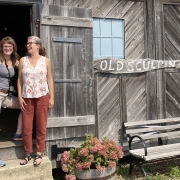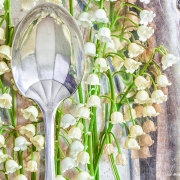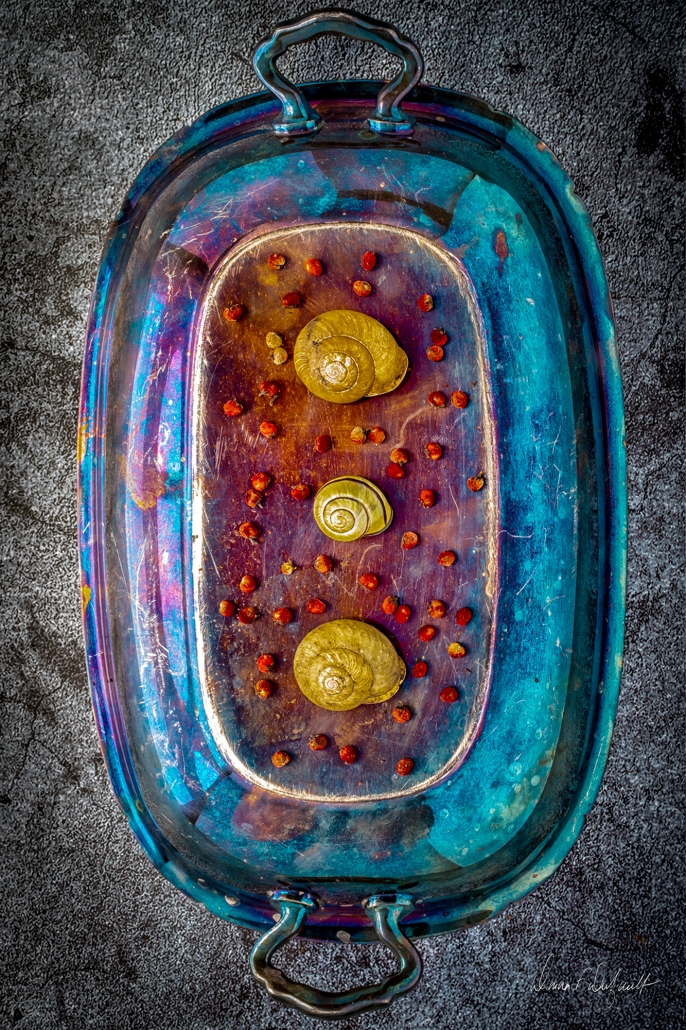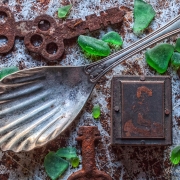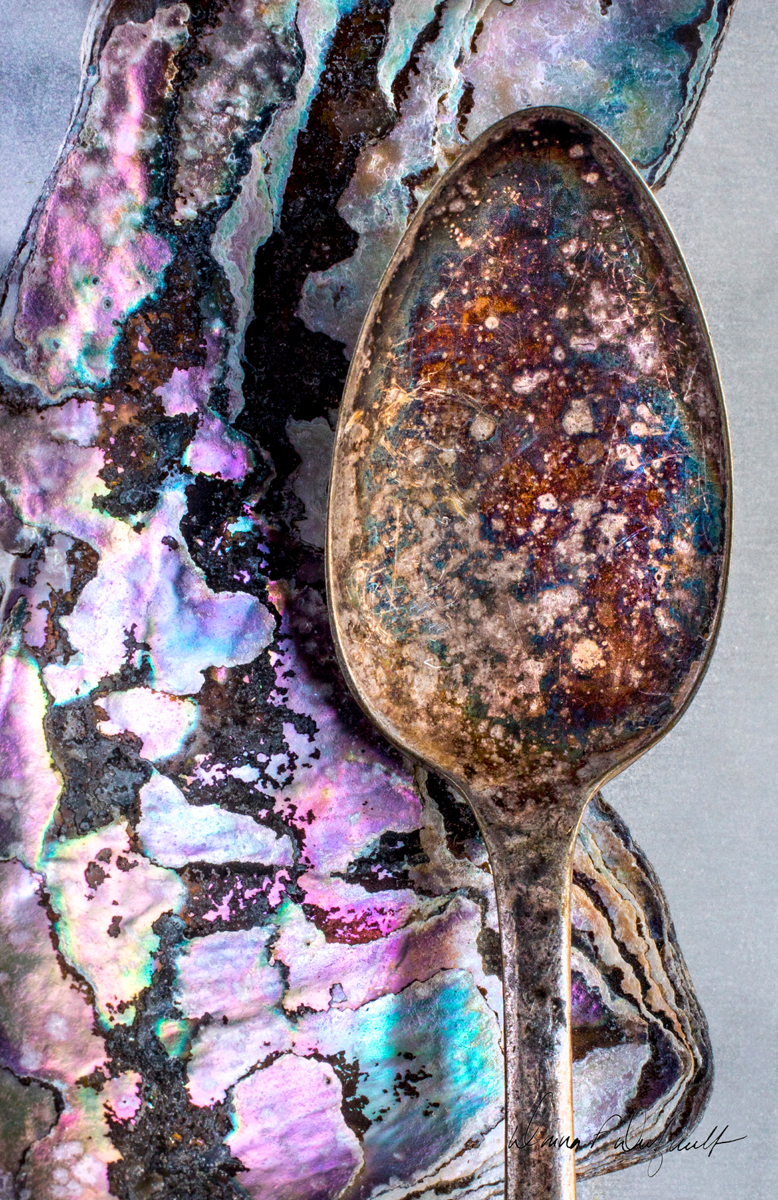The Art of Connection: Building a Supportive Community for Your Creative Journey
The journey of an artist, often painted with vivid creativity and a desire for self-expression, can sometimes be a solitary one. Yet, as I ventured deeper into the world of art, I discovered the immense value of surrounding myself with like-minded individuals who shared the same artistic aspirations.
It all began with a simple yearning – a desire to find a community of artists who could serve as a source of inspiration, guidance, and support.
In today’s blog, I want to explore the importance of building a supportive network of fellow artists and the transformative power it can have on your creative journey.
Why Seek Out Like-Minded Artists?
Inspiration and Motivation: Being in the company of fellow artists can be incredibly inspiring. You feed off each other’s energy and ideas, motivating one another to push artistic boundaries and pursue new projects. I have been part of many groups over the years. Most recently I was part of a group of 5 others that all went through Julia Cameron’s book The Artist Way, together. This was a 12-15 week commitment. I have also run Photography Goal setting groups that meet once a month for 3 years. And I currently have two smaller groups with close friends who are artists and we meet every couple of weeks to check in with one another. It’s with these kinds of connections with other artists – that all of the following things have happened:
- Skill and Knowledge Sharing: The art world is a vast landscape, and no one has all the answers. Connecting with other artists means having access to a wealth of knowledge and skills, which can significantly enhance your own. It is all about having an open mind and willingness to share.
- Accountability and Goal Setting: Setting goals and resolutions for your art career becomes more meaningful when you have a supportive community to hold you accountable. Sharing your goals with others can motivate you to take action. I will talk about goal setting in another post as well, as there area a lot of ways to setting artistic goals for yourself.
- Exhibition and Sales Opportunities: Collaborative projects, group exhibitions, and sales opportunities can often emerge from these connections, broadening your artistic horizons and your reach as an artist. A few years ago I got together a group of creatives and held a Holiday Studio Sales event in our studio. It was fun as well as successful. I could not have done this without my connections to my creative friends.
- Mental and Emotional Well-Being: Creating art can be an emotionally charged process. Having a network of artists who understand the ups and downs can provide vital emotional support, reducing the risk of feeling isolated or “crazy.” I bounce my ideas off my artist friends all the time and it gives me so much insight. In fact, there are many insights and ideas I just know I could never have gotten to on my own. And these friends make me smile and laugh, which is so valuable if you work alone in a studio. This is a real boost to your mood and also your productivity. I could go on and on about this… but lets keep going.
That all sounds amazing Donna! But…how do I find a group like this?
How to Find Your People: Here is a list of places I have gone, attended or tried in order to find like minded creatives.
Art Classes and Workshops: Enroll in art classes or workshops in your area. These are excellent places to meet fellow artists who share your passion and can become part of your creative community. I love learning and these are also opportunities to try new things as well as meet others. Win-Win. I can personally say that I meet a woman names Sara Lyons at a Photo Workshop in MD over 20+ years ago and she has become one of my closets friends and the biggest supporter of my art. We meet as often as we can to chat about art – but we also attend one another’s events and openings.
Artistic Events and Exhibitions: Attend art-related events, galleries, and exhibitions. These gatherings often attract artists and art enthusiasts. Strike up conversations with people you resonate with. You really should know all the art galleries in your area. Get on their mailing lists and be in the know about show openings. Then plan on going! I encourage you to bring a friend. Or two.
Local Art Organizations: Many cities have local art organizations that host events, critique nights, and networking opportunities. Check out these organizations and consider becoming a member to tap into local art circles. Its a great way to expand your network and get to know the artists in your area. I met one of my best friends, Cindy Woehrle, at an organization’s art event. We’ve been part of one another’s lives for 15+ years from that day we meet. We meet as often as we can to chat about art and also attend one another’s events and openings.
Online Art Communities: Join online forums, social media groups, and platforms like Instagram or Pinterest that are dedicated to art. Engage in conversations, eventually share your work, and you can connect with artists from around the world not just in your back yard. Scott and I started a Photo Meet-Up Group that lived for 12 years and had 100’s of members! We are still friends with folks from those days and the experience of running that group filled a need we had to surround ourselves with photographers.
Artist Residencies: Artist residencies provide a unique opportunity to live and work with other artists. They foster deep connections and creative collaboration. Honestly I have yet to do an artist residency. It’s on my long list of things to apply to and hopeful try. I do have artist friends who have done this and have had wonderful experiences.
Once You’ve Found Your People: I suggest meeting on a regular basis so you can:
- Share Knowledge: Be open to sharing your skills and knowledge. Offer assistance and guidance to fellow artists who may benefit from your expertise. Ask questions of others so they can do the same.
- Collaborate: Collaborate on projects, exhibitions, or art shows. The power of collective creativity can lead to stunning results.
- Set Goals Together: Collaboratively set artistic and career goals, and hold each other accountable. Share progress and celebrate each other’s achievements. I find this works best if you meet often and keep asking questions about how things are going in each artists world.
- Critique Constructively: Provide and accept constructive criticism. Honest feedback can be invaluable for artistic growth. But it has to be constructive: not mean or cruel. Be sure to think about where each person is in their journey and how to make good suggestions based on this.
- Support and Uplift: Always be there to support and uplift your fellow artists in their endeavors, providing a safe and encouraging space for creative expression. This can not be said enough. People thrive when they feel safe. Do everything you can to make the time and space you have together to be the safest, warmest and uplifting place possible. Everyone benefits from this kind of space.
Look the truth is building a community of like-minded artists can be a transformative step in your artistic journey. Why not give it a try?
It’s not just about sharing a passion for art but about empowering each other to create a life worth living in the art world.
I believe that all of this will help artists break free from the stereotypes of the “starving artist” or the “crazy artist” and rewrite the narrative into one of collaboration, growth, and success. Or at least make us all a little less lonely, more connected and more challenged to create more for ourselves.
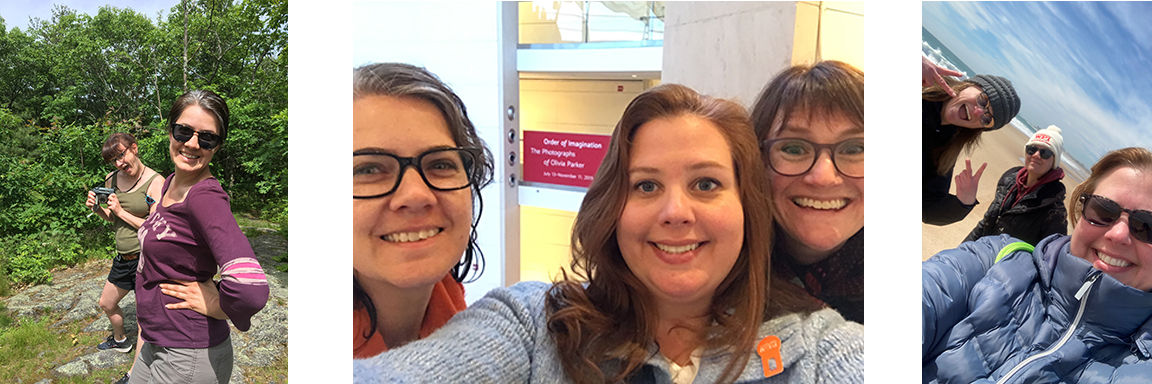
The Jelly Thieves: An Artist Collective with Cynthia Woehrle, Sara K Lyons and Donna Dufault: We enjoy adventures together as well as art dates. We discuss our art goals, get help on projects, and share our artwork on a regular basis.

